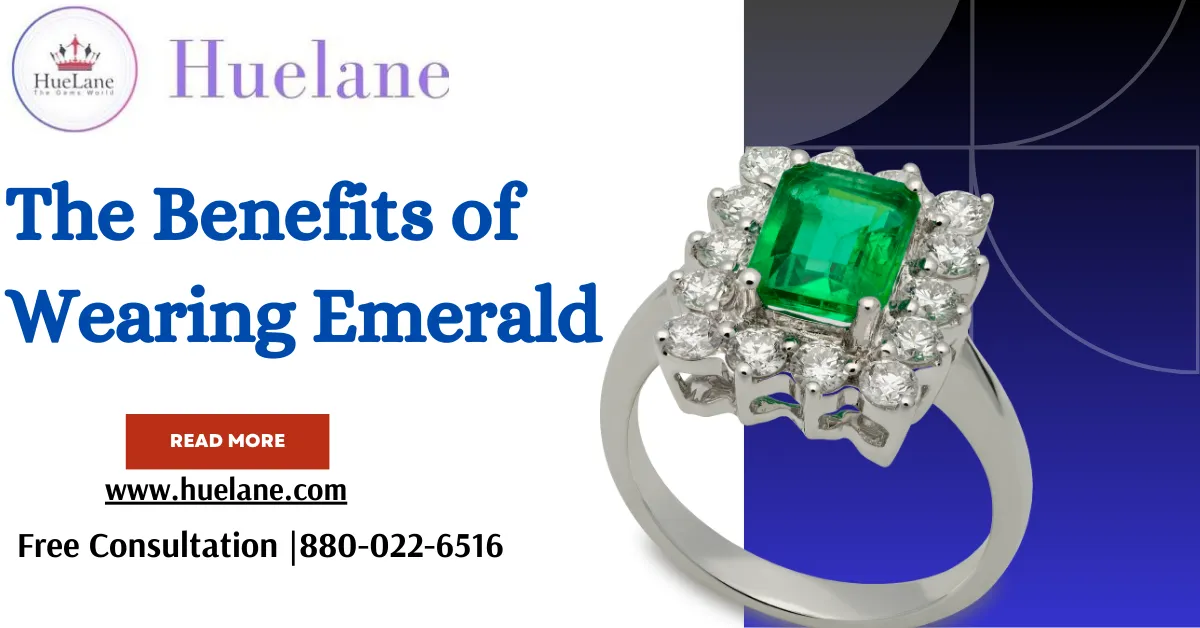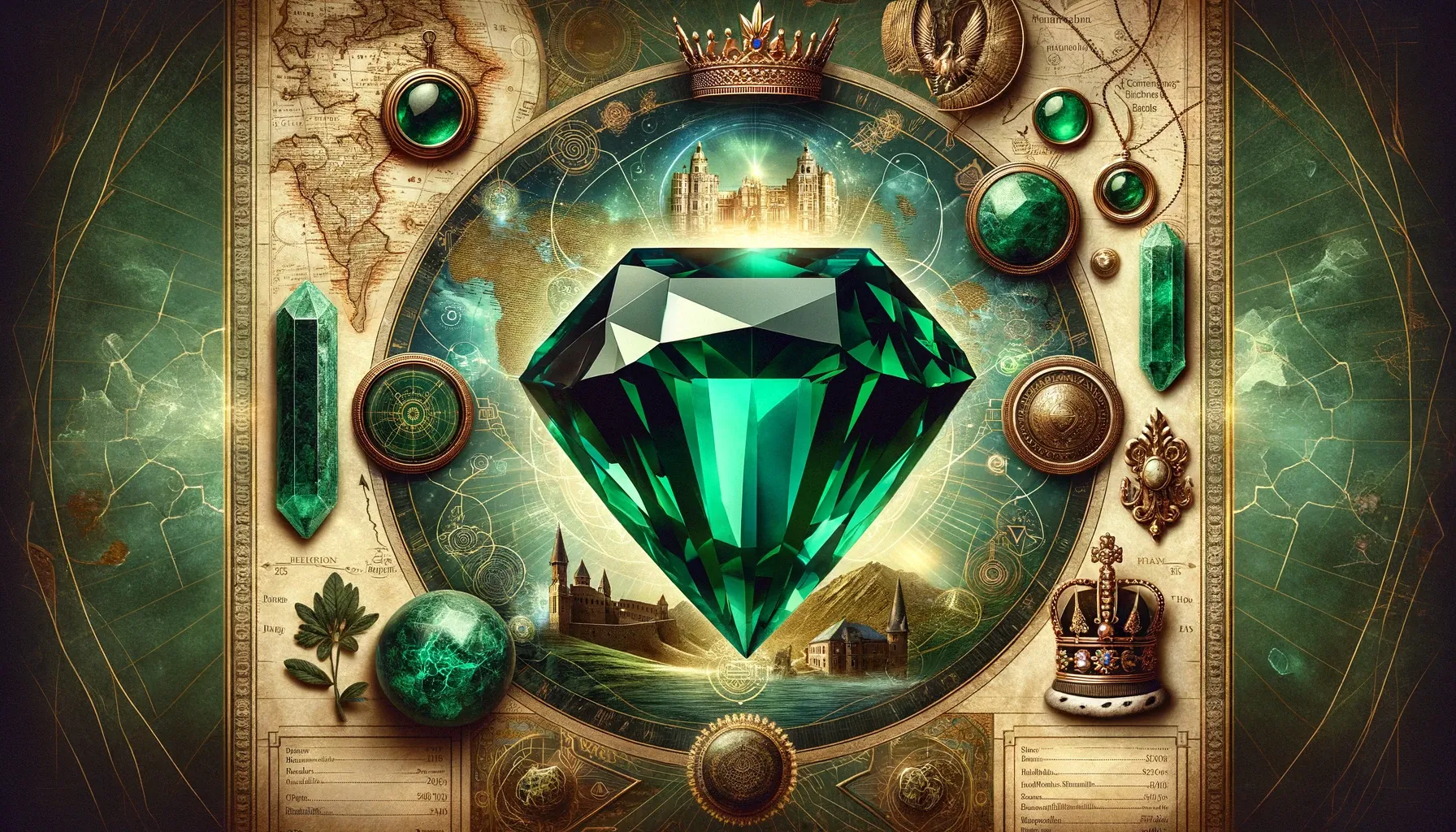Blue sapphire is a precious gemstone famous for its bright and deep blue color. It’s actually made from a mineral called Corundum, the same mineral that rubies are made from. The difference is that blue sapphires have small amounts of elements like iron and titanium, which give them their blue color. This gemstone is really hard, so it’s great for making jewelry that lasts a long time. People love blue sapphires not just for their beauty, but also because some believe they bring good luck and have special meanings.
History of Blue Sapphire Stone (Neelam)
The history of the Blue Sapphire stone is both rich and fascinating, with its journey spanning several centuries and cultures. Here’s a brief overview
Ancient Times: Blue sapphires have been known and treasured since ancient times. They were revered by various ancient cultures, from the Greeks and Romans to the Persians and Hindus. The ancient Persians believed the earth rested on a giant blue sapphire and its reflection colored the sky.

Middle Ages: During the Middle Ages in Europe, blue sapphires were believed to protect the wearer from envy and harm. They were favored by royalty and clergy. Kings wore them as a means of protection from harm and to foster good relations with their subjects. The clergy wore them to symbolize Heaven.
Royal Connections: Blue sapphires have long been associated with royalty and romance. Perhaps the most famous blue sapphire in recent history is the engagement ring given by Prince Charles to Lady Diana Spencer in 1981, which was later given by their son, Prince William, to Kate Middleton.
Geographical Spread: Historically, blue sapphires were primarily sourced from the Kashmir region of India, Ceylon (now Sri Lanka), Burma (now Myanmar), and Madagascar. The discovery of sapphires in Kashmir in the late 19th century brought some of the finest stones ever seen, with a unique velvety blue color.
Astrological Importance: In Indian astrology, the blue sapphire has been significant for centuries. It’s associated with Saturn (Shani) and is believed to have powerful effects, both positive and negative, based on its compatibility with the wearer.
Symbolism and Beliefs: Across different cultures, blue sapphires have symbolized nobility, truth, sincerity, and faithfulness. They were thought to bring protection, good fortune, and spiritual insight. They were also believed to guard against poison and evil spirits.
Modern Times: Today, blue sapphires continue to be highly prized for their beauty and are used in various types of jewelry. The modern market also sees a variety of treatments to enhance their appearance, although untreated stones are still the most valued.
Innovations and Treatments: The 20th and 21st centuries saw advancements in treatments like heat treatment to improve color and clarity, making sapphires more accessible. However, gem enthusiasts and collectors often seek out untreated stones, especially those from notable origins like Kashmir, for their rarity and natural beauty.
The history of the blue sapphire Stone is a testament to its enduring allure and significance in human culture, from ancient beliefs to modern day symbolism and usage.
Types of Blue Sapphire Stone
Blue sapphire, a variety of the mineral corundum, comes in several types that are distinguished by their color shades, clarity, origin, and sometimes specific inclusions or treatments.

Here are some of the main types:
- Kashmir Sapphire:
- These are known for their velvety texture and cornflower blue color. They are highly valued and come from the Kashmir region. However, they are rare as the mines are almost depleted.
- Ceylon (Sri Lankan) Sapphire: Ceylon sapphires, from Sri Lanka, are known for their vibrant, light to medium blue color. They are widely admired for their brightness and are a popular choice in jewelry.
- Burmese Sapphire: Coming from Myanmar (formerly Burma), these sapphires are known for their deep, royal blue color. They are often compared to Kashmir sapphires in terms of quality and color.
- Thai and Australian Sapphires: These are typically darker and can sometimes have a greenish or blackish hue. They are generally more affordable than the other types.
- Montana Sapphire: From the USA, Montana sapphires come in a range of colors, including a unique metallic blue. They are gaining popularity due to their unique hues and American origin.
- Padparadscha Sapphire: Although not a traditional blue sapphire, this type is worth mentioning. It’s a rare pink-orange sapphire, primarily found in Sri Lanka, and highly prized for its unique color.
- Heat-Treated Sapphire: Many sapphires undergo heat treatment to enhance their color and clarity. While these are still genuine sapphires, the treatment can affect their value.
- Star Sapphire: This is a unique type that displays a star-like phenomenon known as asterism when viewed in direct light. Star sapphires can range in color but typically have a blue hue.
Each type of blue sapphire stone has its own unique characteristics and appeal, and the choice often depends on personal preference, budget, and the intended use of the gemstone.
Who Should Wear Blue Sapphire Stone
Astrological Considerations
Saturn’s Position in Horoscope:
Positive Placement: Individuals with Saturn favorably positioned in their horoscope, such as in its own sign (Capricorn or Aquarius), exalted in Libra, or situated in a beneficial house, might find blue sapphire Stone particularly advantageous.
Customized Analysis: An in-depth analysis of an individual’s birth chart by a qualified astrologer is essential. They can assess the strength and position of Saturn and its overall impact on life aspects like career, health, and personal growth.
Saturn-Related Challenges:Sade Sati and Dhaiya: During these challenging transits of Saturn, wearing a blue sapphire Stone may help mitigate negative effects. ‘Sade Sati’ is a 7.5-year period when Saturn transits over the moon sign, preceding sign, and subsequent sign. ‘Dhaiya’ refers to smaller Saturn transits.
Relief from Adversities: The stone is believed to provide stability, resilience, and support during these astrologically turbulent periods.
Professional and Personal Attributes
Career Fields
Suitable Professions: Blue sapphire Stone is thought to be particularly beneficial for people in certain careers such as administration, law, leadership roles, and those involved in the mining industry.
Enhancing Qualities: For professionals, it’s believed to enhance attributes like discipline, focus, and leadership skills, which are vital in these fields.
Personal Traits
Mental and Emotional Benefits: Individuals seeking mental clarity, improved concentration, and emotional stability might find blue sapphire Stone beneficial.
Spiritual Development: The stone is also associated with spiritual enlightenment and self-realization, aiding those on a spiritual path.
Health and Well-being
- Health Issues
- Specific Ailments: Blue sapphire stone may be recommended for those suffering from chronic diseases like bone disorders, arthritis, and mental conditions including depression or anxiety.
- Overall Well-being: It is believed to have a calming effect, helping in balancing emotions and providing mental peace.
Precautions
Astrological Compatibility
- Not Universally Beneficial: Blue sapphire Stone is not suitable for everyone. Its strong connection with Saturn means it can have intense and sometimes adverse effects if not compatible with the wearer’s astrological chart.
- Expert Guidance Required: Consulting with an astrologer is crucial before deciding to wear this gemstone to ensure compatibility and avoid potential negative impacts.
- Observation Period:
- Trial Wear: It’s often advised to wear the stone temporarily to observe its effects. This is due to blue sapphire’s reputation for showing quick and powerful results.
- Monitoring Effects: The wearer should monitor their life circumstances closely during this trial period for any significant changes.
Cultural and Personal Beliefs
- Personal Belief and Interest
- Beyond Astrology: Some individuals may choose to wear blue sapphire Stone for its aesthetic value, as a fashion statement, or as a birthstone (September).
- Subjective Experience: The personal belief in the stone’s power and beauty can also play a significant role in the decision to wear it.
How Should You Wear Blue Sapphire (Neelam) ?
Wearing a blue sapphire stone, especially for astrological purposes, involves a specific set of rituals and considerations to ensure its purported benefits are maximized. Here’s a guide on how to wear a blue sapphire:
Consult an Expert: Before wearing a blue sapphire, it’s highly recommended to consult with an experienced astrologer. The stone is associated with Saturn, a powerful planet in astrology, and it’s believed that the sapphire can have intense effects, both positive and negative.
Choosing the Right Stone
- Quality: Ensure the stone is of good quality, preferably natural and untreated. The stone should be free from any cracks or major inclusions.
- Carat Weight: The weight of the stone usually depends on your body weight (e.g., 1 carat for every 10 kilograms of body weight).
- Color: Look for a stone with a rich, consistent blue color.
- Metal Setting: The blue sapphire stone should be set in metals that are compatible with it, like silver, gold, or iron. The choice of metal may also depend on the recommendations of the astrologer.
- Ring Preparation:
- The ring is usually worn on the middle finger of the right hand (for right-handed people) or the left hand (for left-handed people).
- The ring should be made in such a way that the stone touches the skin to channelize its energy.
- Day and Time for Wearing:
- Blue sapphire stone should ideally be worn on a Saturday as it is the day of Saturn.
- The most auspicious time is usually in the morning (ideally during the Saturn Hora, which is a specific “hour” of Saturn, if you follow these astrological details).
- Purification and Activation:
- Before wearing it, the stone should be purified. This can be done by dipping the ring in holy water or raw milk overnight or at least for a few hours.
- It’s also recommended to pray and chant the Saturn Mantras like “Om Sham Shanicharaya Namah” 108 times to energize the ring.
- Trial Period: Some beliefs suggest wearing the stone as a trial for a few days to observe any positive or negative effects before making it a permanent part of your attire.
- Care and Maintenance:
- Regularly clean the stone with mild soap and water.
- Avoid exposing the sapphire to harsh chemicals or physical impacts.
- Regular Astrological Consultations: Since blue sapphire stone has strong astrological associations, regular consultations with an astrologer are advised to monitor its effects on your life.
Benefits of Blue Sapphire Stone
Blue sapphire Stone , known scientifically as corundum with trace amounts of elements like iron, titanium, or chromium giving it the blue color, is not only cherished for its beauty in jewelry but also attributed with several metaphysical and health benefits in various cultures and traditions.
Here are some of the commonly believed benefits of blue sapphire
- Astrological Significance
- In Vedic astrology, blue sapphire Stone is associated with Saturn (Shani) and is believed to bring about significant changes in one’s life. It’s often worn to strengthen Saturn in one’s horoscope, which can lead to wealth, health, longevity, and prosperity.
- Mental Focus and Clarity: It’s believed that wearing a blue sapphire stone can help in clearing mental confusion, thereby enhancing the wearer’s decision-making abilities, focus, and mental clarity.
- Healing Properties: Some traditions attribute healing properties to blue sapphire, claiming it can help in curing various physical ailments and improving overall health. It’s sometimes linked to aiding eye issues, neurological disorders, and helping with problems related to the ears, nose, and throat.
- Protection: Blue sapphire stone is also considered a protective gemstone that can shield the wearer from envy and harm. In some beliefs, it’s said to protect against negative energies or psychic attacks.
- Emotional Balance: Wearing a blue sapphire stone is thought to bring emotional balance, calmness, and tranquility to the wearer. It’s said to help in managing stress and providing peace of mind.
- Spiritual Insight: For those involved in spiritual practices, blue sapphire is believed to open up the third eye to receive spiritual insights and enhance one’s intuition.
- Professional Success: Some believe that blue sapphire can bring professional success, particularly for those in creative or judicial careers, by enhancing focus, discipline, and diligence.
FAQs Blue Sapphire Stone
Certainly! Here are some common FAQs regarding Blue Sapphire stones, which cover a range of queries from their astrological significance to practical advice on selection and care:
1. What is a Blue Sapphire?
Answer: Blue Sapphire is a precious gemstone, a variety of the mineral corundum. It’s known for its striking blue color, which can range from light to deep blue, and is one of the hardest minerals, second only to diamonds.
2. Who should wear a Blue Sapphire?
Answer: Blue Sapphire is recommended based on Vedic astrology, particularly for those with Saturn (Shani) prominently placed in their horoscope. It’s often suggested for Capricorn and Aquarius sun signs, but a thorough astrological consultation is advised before wearing it.
3. How can I tell if a Blue Sapphire is genuine?
Answer: A genuine Blue Sapphire should have a consistent color, substantial hardness, and specific gravity. Look for certifications from reputable gemological labs, and consider consulting a trusted jeweler or gemologist.
4. How should I wear a Blue Sapphire for astrological purposes?
Answer: It should be set in silver, gold, or iron and worn on the middle finger of the right hand (for right-handed people) on a Saturday morning during Shukla Paksha (the waxing phase of the moon). It’s advised to first dip the ring in holy water or raw milk and chant specific mantras.
5. Can Blue Sapphire stone have negative effects?
Answer: Yes, if not suitable as per one’s astrological chart, Blue Sapphire can have adverse effects. It’s known for its fast action, so it’s recommended to wear it as a trial first. If you experience discomfort or bad luck, it’s advised to remove it.
6. How do I care for my Blue Sapphire jewelry?
Answer: Clean it with mild soap and lukewarm water, using a soft brush. Avoid exposing it to harsh chemicals or extreme temperature changes. Store it separately to prevent scratches from other jewelry.
7. What is the significance of the color of a Blue Sapphire?
Answer: The color significantly impacts the stone’s value. The most prized sapphires are a deep, vivid blue. Color uniformity and saturation are key factors in determining quality.
8. Are there synthetic Blue Sapphires?
Answer: Yes, synthetic Blue Sapphires, which have the same chemical composition as natural ones, are available. They are more affordable but less valued in terms of astrology and collectibility.
9. How is the price of a Blue Sapphire determined?
Answer: The price depends on several factors: color, clarity, cut, carat weight, and origin. Natural, untreated stones with good color and clarity are typically the most expensive.
10. Can I wear a Blue Sapphire with other gemstones?
Answer: Combining gemstones should be done cautiously, considering astrological compatibility. Consult an astrologer to ensure the combination of stones is harmonious and beneficial for you.
These FAQs provide a general overview, but for specific concerns, especially regarding astrological aspects, consulting with a knowledgeable astrologer or gemologist is always recommended.
Follow us on Instagram Page – huelane_gemstone




